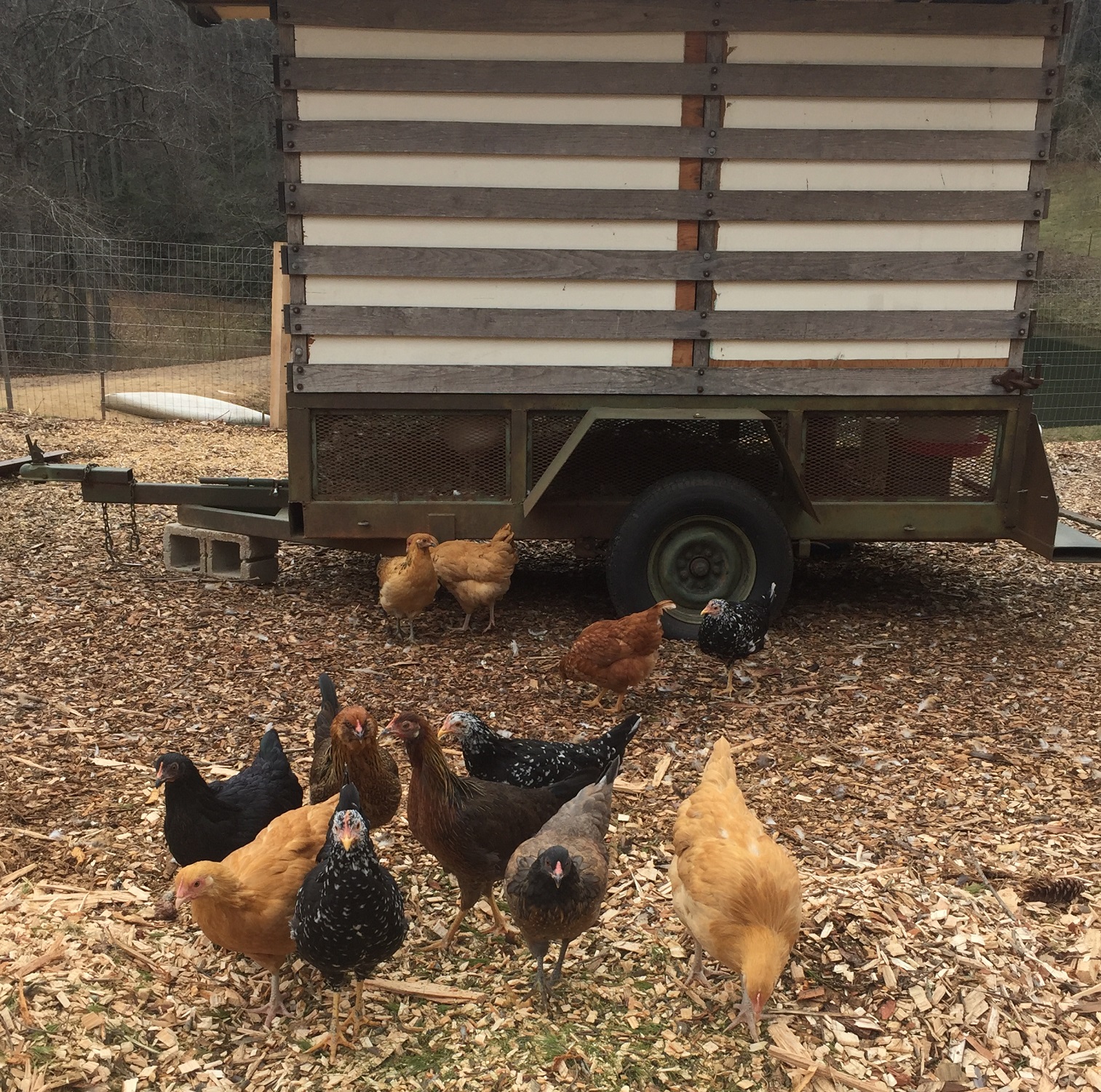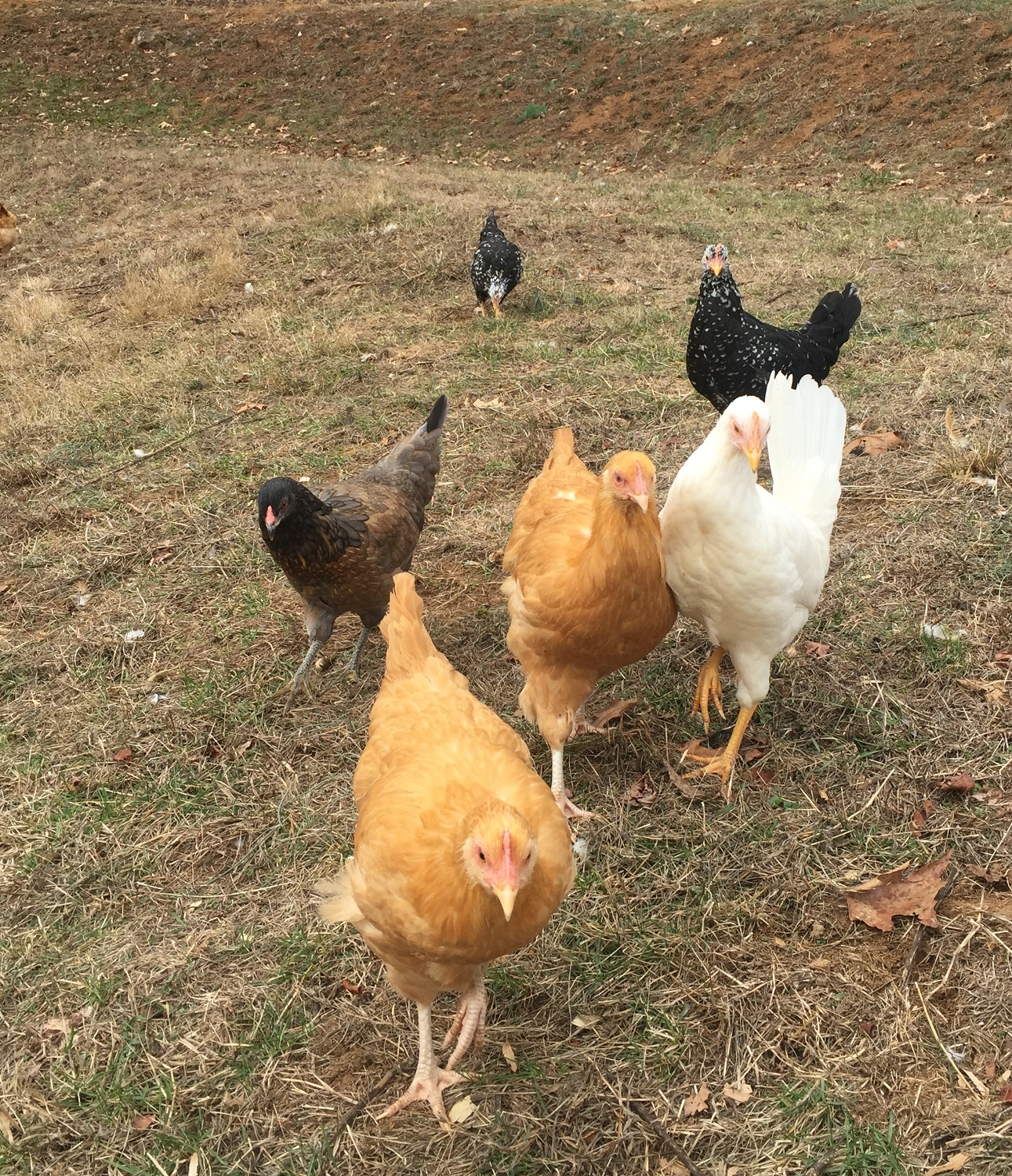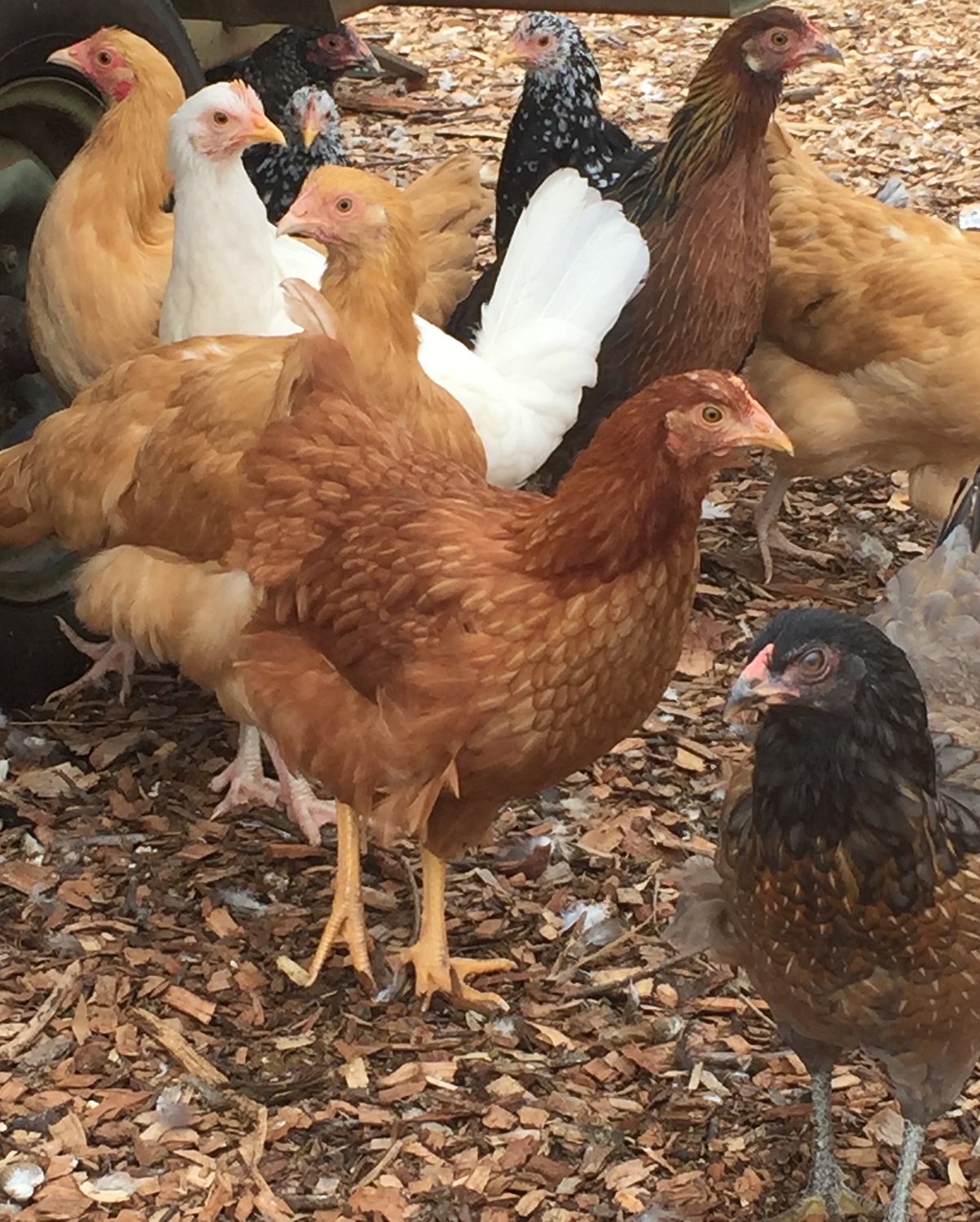What does ORGANIC really mean?
What do you think of when you hear the term organic? Green pastures, fresh air, sunlight, cows grazing, chickens scratching, and pigs rooting? Those images should be closely linked to the living conditions surrounding the animals/products that are labeled "organic" in our food system (and sometimes they are). Sadly, in a lot of instances, the true picture is vastly different. The United States Department of Agriculture (USDA) is the governing body charged with the responsibility to monitor and oversee our nation's food industry as well as create rules which regulate the methods farmers use in production. The federal government just recently updated the animal welfare rules that organic poultry farmers are required to follow. Their goal is to strengthen consumer confidence in the organic label and create a more consistent playing field for organic farmers (Jones-Ellard, 2017). The prior rules required organic egg producers to provide their hens with an outdoor space; however, the amount of space for the chickens was not specified. In some situations, this ended up amounting to only a small enclosed porch (Charles, 2017). After much criticism and debate from organic and animal welfare activists, the USDA is now requiring farmers to provide 1 square foot for each 2.25 lbs of poultry (Charles, 2017). For a 4 lb hen, that is less than 2 square feet of wiggle room. On a larger-scale, it equates to about 1 acre for 20,000 birds (Charles, 2017). Chickens are designed to scratch and peck. Twenty thousand hens on one acre would scratch and peck it down to rocks and dust. Land has to be given time to rest and regenerate. Currently, our egg-laying hens are wintering over our vegetable garden. In doing so, they are providing nitrogen, an essential ingredient for rich compost and healthy vegetables. They have access to insects in wood chips and green grass. In the spring, our mobile chicken coop will be frequently moved and our hens given access to fresh grass, fresh air, and sunlight. So before you spend the extra money on the "organic" label, it is important to know your food, know the source, and know your farmer.
Our hens should start producing eggs at the end of March. Updates about availability will be posted on the website. Meet our happy hens.......
For more information
Charles, D. (January, 2017). Organic chickens get more room to roam. The Salt. Retrieved from http://www.npr.org/sections/thesalt/2017/01/18/510474179/organic-chickens-get-more-room-to-roam
Jones-Ellard, S. (January, 2017). USDA strengthens rules for organic livestock and poultry, ensures fairness for organic producers. United States Department of Agriculture. Retrieved from https://www.ams.usda.gov/press-release/usda-strengthens-rules-organic-livestock-and-poultry-ensures-fairness-organic



